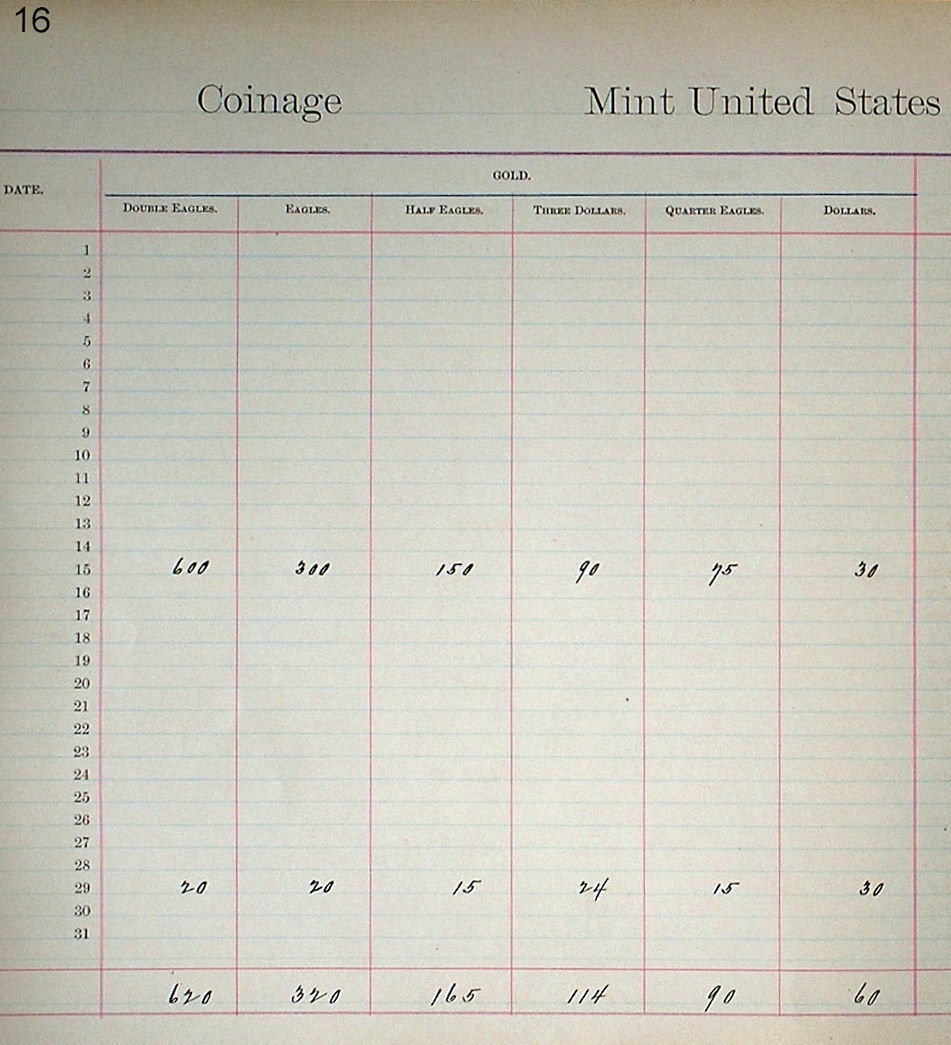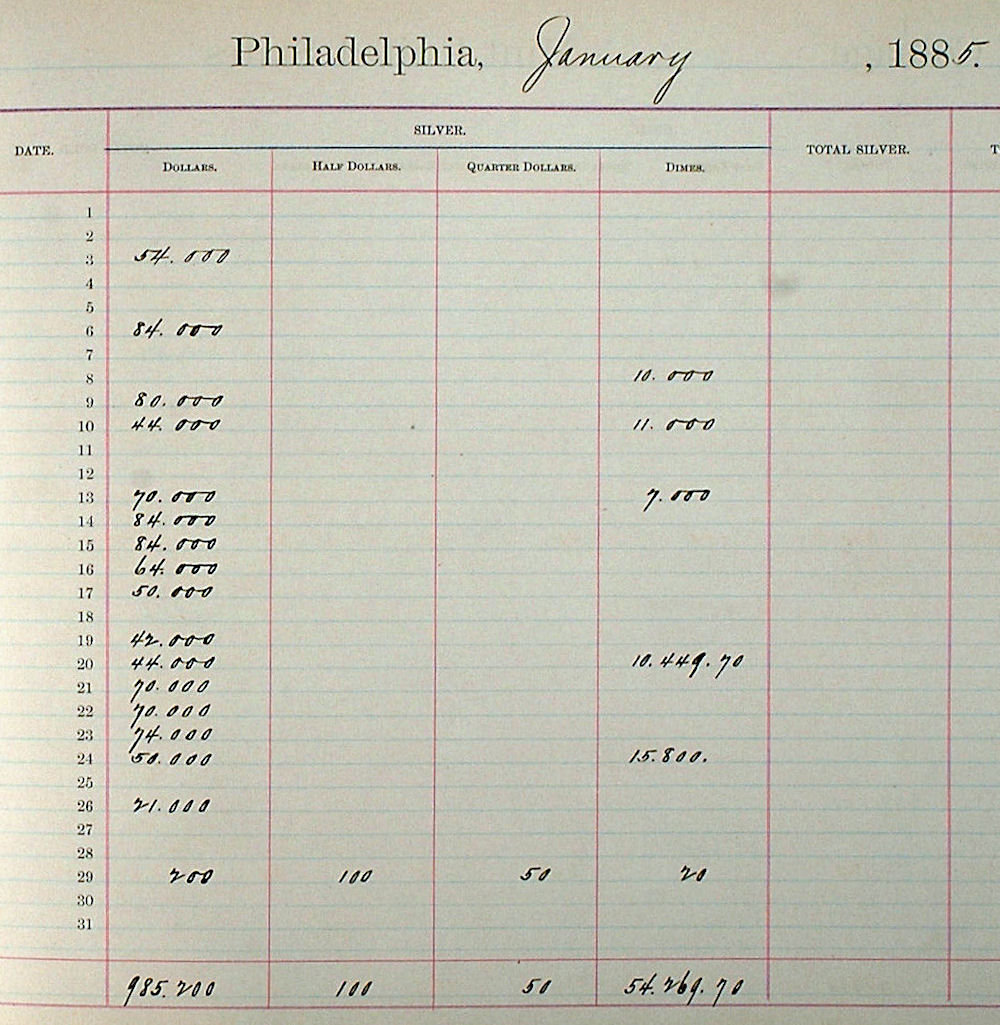Proof-only issues - background.
 RogerB
Posts: 8,852 ✭✭✭✭✭
RogerB
Posts: 8,852 ✭✭✭✭✭
In a post titled “Re the 1895 Morgan dollar, now called proof only but that wasn't always so” member afford mentioned proof-only US coin issues. This stimulated thoughts about how these proof-only coins occurred. Here is a brief discussion of the origin of these much treasured coins.
In the years after introduction of annual proof sets (aka master coins) for sale to coin collectors, it became normal practice at the Philadelphia Mint to prepare proofs early in the year. This facilitated production and fulfillment of early orders and created an inventory from which new orders could be filled immediately. It was also more efficient to strike the coins in batches rather than on-demand as was the pre-1858 practice.
But doing this created an unintended consequence: some coins might not be produced for circulation during the calendar year. This left the proofs of one or more denominations as the only pieces of that year’s date.
Here’s an example from January 1885 that might have resulted in proof-only coins. (I’ve split the table into two parts for easier viewing. All numbers are in dollars, not pieces.) This is a report of gold coinage at the Philadelphia Mint for January 1885. Notice that gold proofs of all six authorized denominations were made on the 15th and the 29th.

Here is the coinage report for the same month for silver. As with gold, all denominations in proof format were made on the 29th.

If we look through monthly reports for the balance of the year, we find that more proofs were made, but that only a token coinage of quarters, halves, gold dollars, quarter eagles and three-dollar pieces were produced. There were no orders from the Treasurer to make these denominations because there was no commercial demand for them. These tiny mintages were made solely to prevent proofs from being the only coins of 1885 date and denomination struck, and thus to avoid speculation and price gouging. (See CW article on the subject of limited mintages.)
Next time a proof-only coin appears on your want list, remember why the coin was struck.
Comments
The data are from RG104 Entry 271,Volume 3; Tables of Daily Coinage by Month for Each Mint (Gold and Silver Only); January 1, 1884 – December 30, 1887.
This volume along with vols 1 and 2 will be available on the NNP by the end of next week. They are free to view or download thanks to the Eric P Newman Numismatic Education Society and Washington University of St. Louis.
Thanks Roger.... These documents are always interesting and give us insight into the early mint days. Cheers, RickO
Those who got to the NNP site and look through the reports for 1870s and 1880s will find a similar pattern: proofs made early in the year, "obsolete denominations" made in small quantities late in the year.
The real information treasure is to find an old collection where the owner bought both proof and circulation strike pieces of the same denomination in the same year. That could help settle questions about proof vs circulation coins.